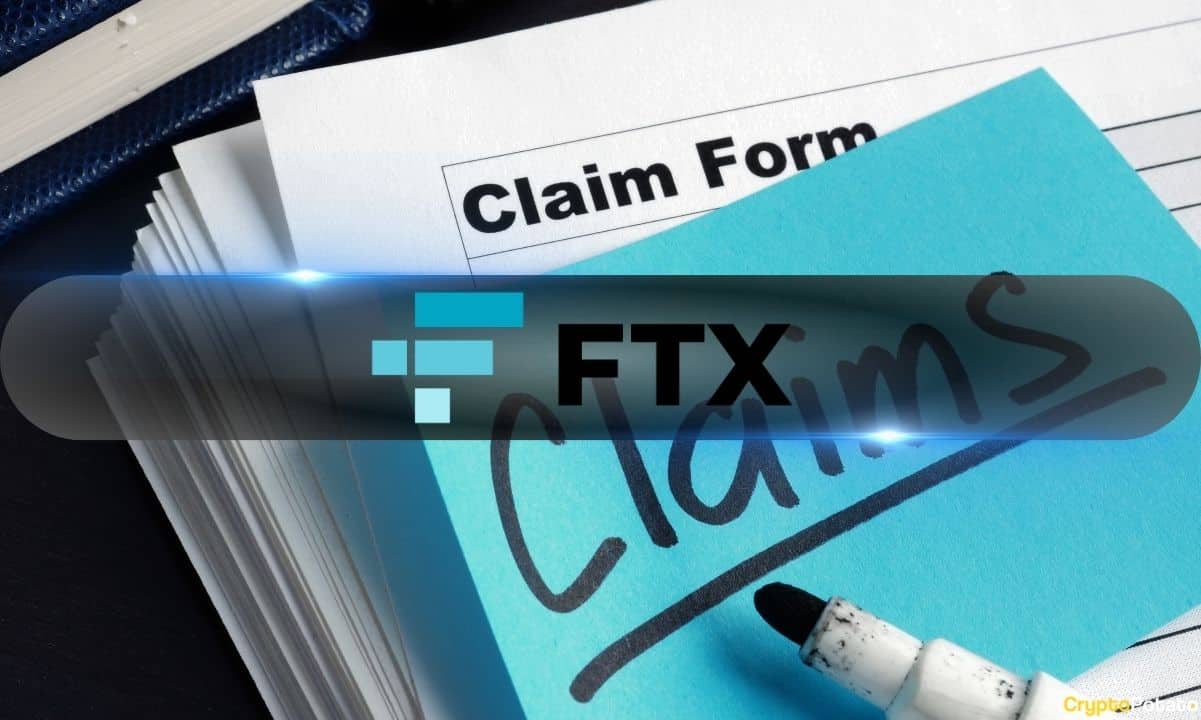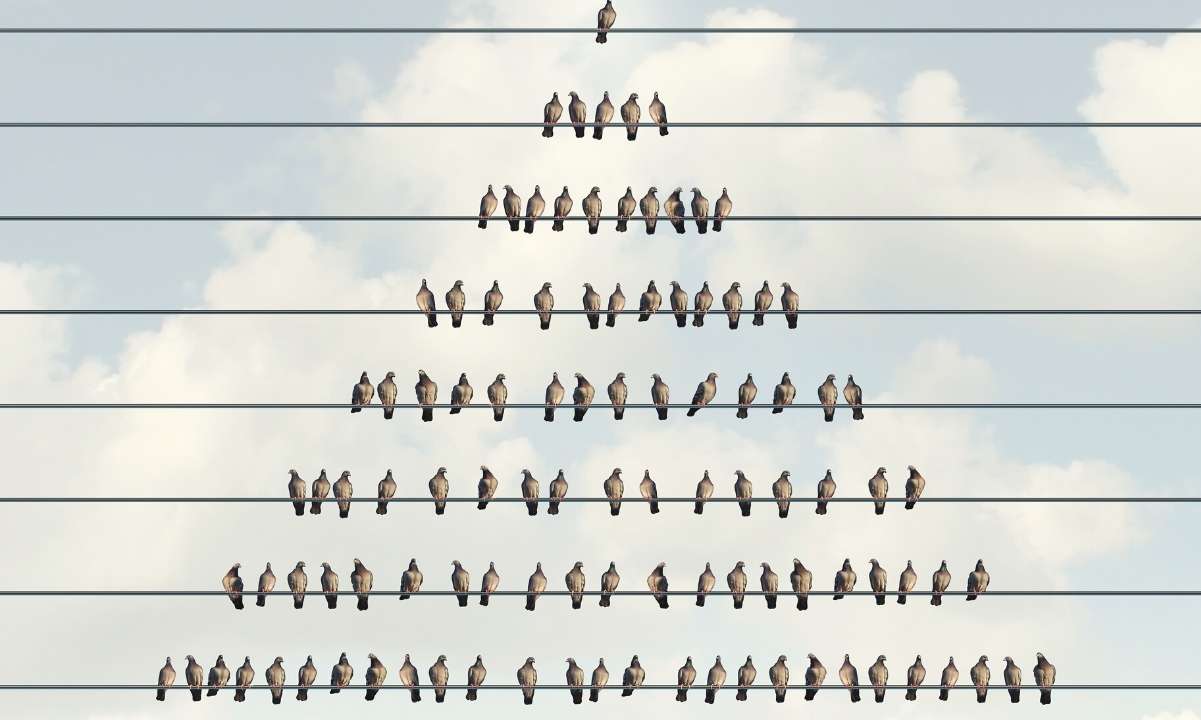Tiffany’s New Collection Could Be the Most Expensive Public Sale in NFT History
American jewelry brand Tiffany & Co. announced the launch of its new NFT collection. Dubbed “NFTiff,” the sale of the series is slated for August 5th.
- The initiative is led by Alexandre Arnault, the luxury retailer’s recently appointed executive vice president of product and communications and former president of Rimowa.
We’re taking NFTs to the next level. Exclusive to CryptoPunks holders, NFTiff transforms your NFT into a bespoke pendant handcrafted by Tiffany & Co. artisans. You’ll also receive an additional NFT version of the pendant. Learn more: https://t.co/FJwCAxw8TN #NFTiff #TiffanyAndCo pic.twitter.com/pyKlWejHv4
— Tiffany & Co. (@TiffanyAndCo) July 31, 2022
- The famed collection will essentially comprise of 250 digital passes that will be offered by Tiffany & Co. Each NFTiff is worth 30 ETH (over $50,000), which includes the cost of the NFT, the custom pendant, the chain, and shipping/handling.
- It may potentially go down as the most expensive public sale of NFTs in history.
- The NFTs may be minted at the time of purchase and redeemed by the holders of CryptoPunks for the creation of a custom-designed pendant and an NFT digital artwork that resembles the final jewelry design.
- According to the company’s website, Tiffany & Co. artisans will design and craft the pendant, which is inspired by Cryptopunk owner’s Punk NFT.
- The company will release only 250 NFTiff passes for users to purchase. A customer may buy a maximum of 3 NFTiffs.
- With the latest launch, Tiffany & Co. is targetting an affluent cohort of NFT collectors by making it exclusive to holders of CryptoPunks.
- Popular brands such as Adidas had also leaped into metaverse this year.
- Luxury brand Prada also announced an expansion to the web3 with the launch of an Ethereum-based NFT collection of its own.
Featured Image Courtesy of The Chanakya Mall









